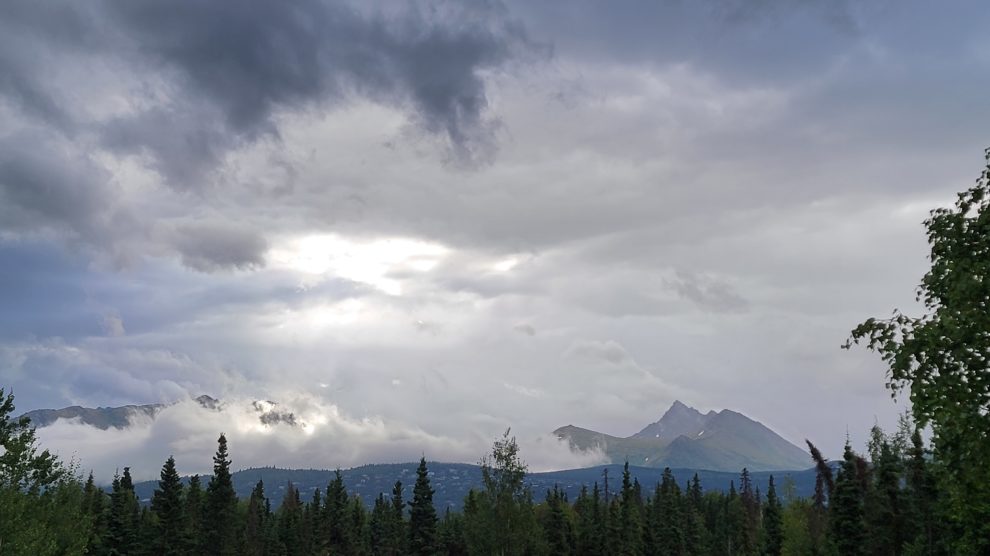Back in October 2020, the USGA made a rather benign announcement.
The governing body for golf in the United States and Mexico shared where they would be bringing the 60th US Senior Women's Amateur in July 2022. This championship would mark the first -- and maybe only -- time that a USGA championship would be conducted in the Last Frontier, with Anchorage Golf Course in Alaska hosting the event.
For most golf fans, this news wasn't on their radar. For me, it was a Save the Date.
I have wanted to go to Alaska for as long as I can remember having travel aspirations. I am intensely drawn to places that seem strange or out of reach or have a truly unique culture. From afar -- about 4,000 miles afar -- Alaska was that kind of place. From its location, to its size, to its radically shifting relationship with daylight, to its climate and topography, Alaska was a siren song.
With our kids old enough to be able to appreciate it and a compelling professional reason to visit, the Alaska trip was definitely on.
Then about 18 months went by.
Come the start of the year, my wife and I started thinking about how we were going to make all of this work. We started looking into hotels and different cities, trying to figure out what we could do to get the most out of our trip. On one hand, it was easy to imagine how great it was all going to be. On the other hand, it was impossible to predict how us and our kids would react to having 20 hours of daylight, somewhat unpredictable weather and a rather ambitious itinerary.
It became clear early on -- and, really, was evident from the start -- that this wasn't going to be an inexpensive journey. The 4,000-mile journey for four, unto itself, was a big expense. Then there would be rental cars, which, as it turns out, are kind of a fixed supply in a state not connected directly to the lower 48. Accommodations aren't cheap either in July and August, the peak tourist season.
However, we figured out ways to reduce costs. I used hotel points I've saved up over a decade to secure free nights in Anchorage, eliminating a big chunk of the cost. We found cheaper accommodations through AirBNB and Vrbo for our time outside of Anchorage. There are plenty of things to do around the state that don't cost a ton of money, allowing us to fit in experiences we thought were must-do but cost more.
As we were creeping toward a final itinerary, what I thought my involvement would be with the event took a turn.
I got an email from a friend in the industry, and he was wondering if I would be able to host his mom at my golf club, Argyle Country Club, as we were going to be staging one of the US Senior Women's Am qualifiers. She was planning on competing in the qualifier, coming in from out of town and having never seen the course. She wanted a peek at the place before staking her hopes of competing in Alaska on success at Argyle.
Of course, I was happy to host. We had a great time. She's a great player, and there's something really invigorating in trying to share local knowledge and strategy with someone that accomplished in the game. For the June 21 qualifier, she was planning on having a friend come into town with her and loop. I was free that day, so I suggested if plans changed, I could caddie instead. I got the nod.
That day at Argyle, five of the 17 women competing in the 18-hole qualifier would earn entries into the US Senior Women's Am.
While the focus that morning was competition, there was plenty of friendly chatter. Turns out, many of the potential players in the US Senior Women's Am were concerned about the same thing as me: cost. Elite senior women's amateur golf is a niche in a niche sport, but there was plenty of talk amongst the community that some players weren't going to try to qualify because they didn't want to incur the travel cost -- or they flat out just didn't want to travel that far to Alaska.
Of course, there was some conspiracy-level thinking that the USGA was sticking it to this community of players in the interest of achieving the goal of hosting a championship in all 50 states and Puerto Rico. That same mindset would have developed among some potential competitors in any of the USGA championships that could been staged in Alaska. However, with just three realistic host courses in the Anchorage area, there were only so many championships that could have been played there.
Unfortunately, my player was the first alternate, leaving her with a choice even more difficult than for a qualifier. Would she be willing to travel to Alaska on the off chance her number would be called? Not too long after the event, she told me she had booked the trip (and insured it).
About a month later, my family and I were about to land in Alaska. Our seven-hour flight from Chicago -- the second leg of our journey -- was descending into Ted Stephens International Airport. It was 4 a.m. Alaskan time on Sunday, but in our minds, it was 8 a.m. Eastern.
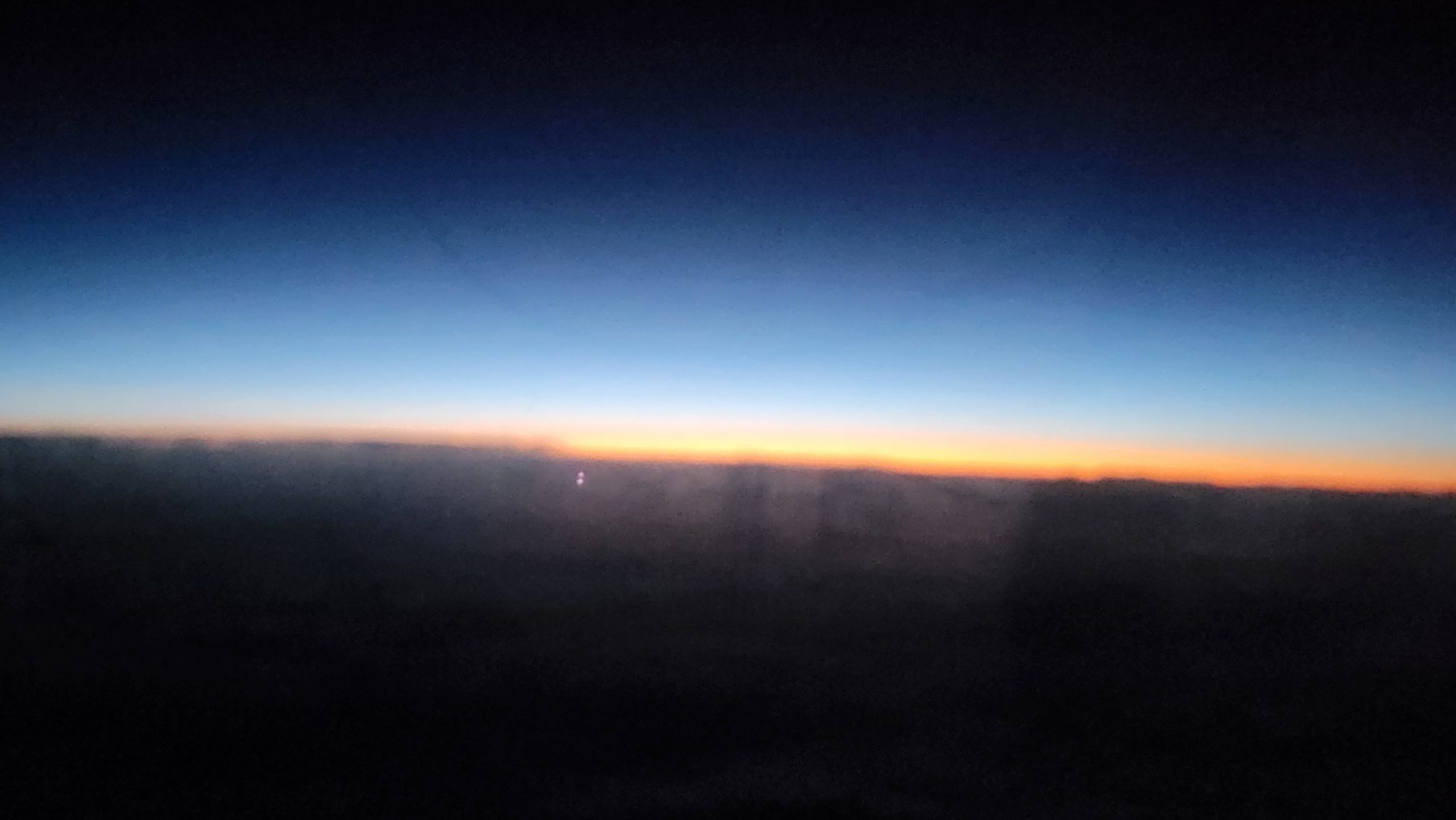
I had reserved a hotel starting on Saturday, giving us a place to crash for a few hours and take a power nap to adjust. The airport shuttle driver gave us a preview of the long days to come, telling us that the sun would already high in the sky were it not spitting rain.
A few hours and a solo trip back to the airport to get our rental car later, we made our way toward Anchorage Golf Course. I told the volunteer at the entrance why I was there, and she pointed us down the road to the clubhouse. The parking lot was for the players, volunteers and a few media who made the trek. At the bigger USGA championships, that combination alone is enough to require spillover lots galore. Not this week.
The US Senior Women's Am is a quaint gathering most years, and this year, it probably felt more so. The scene is a real spirit booster. Players were gleefully greeting each other, talking about their trips and what they had already seen. The whizzing of players already competing and those about to tee off is a great energy. The range was full, and the two putting greens closer to the clubhouse were dotted with competitors trying to figure out a unique challenge.
Anchorage Golf Course is modest, but it's fantastic. From the clubhouse, there are wide-reaching views of downtown Anchorage and Turnagain Bay. Walking down to the first tee, the sun peeked out through the clouds and over the mountains, which felt so close you could touch 'em. The conifers that line the course -- particularly on the front nine -- really underscore that this course was carved from, and could easily be reclaimed by, nature.
The golf course isn't long at all, even from the tips. It's oriented toward target golf, with doglegs, narrowing landing areas and some blind tee shots commanding a player's attention. The fairways weren't perfect, but they were ample. The bunker sand is a unique dark brown, almost volcanic in nature. The greens are confounding and shockingly quick. The wildlife, flora and fauna -- and fungi! -- are a buffet for the senses. Coyotes, fireweed, bald eagles, the mushrooms, the sea planes.
There weren't many spectators, but the ones who came were clearly thrilled to have this in their community. Some came in cowboy hats. Others came in jeans. There were people in shorts in 65-degree weather, which might sound strange to a lot of people, but it honestly made sense.
The players were easy to root for out there. They supported each other. They clapped for good shots and were quick to console and encourage when things went wrong. This style of golf is played at a lower altitude, running balls up gaps and hit with the full intention of run-out.
Just because the players were enjoying the competition, however, didn't mean they weren't competitive. They were fiery at times. They got hot when putts didn't drop. It's still a championship, even if it's in a stange place. The players were focused on first advancing to the top 64 from 36 holes of stroke-play qualifying, then navigating a top-heavy, topsy-turvy field to get the trophy. Hopefully, though, many of them got to take a little time and enjoy the surroundings.
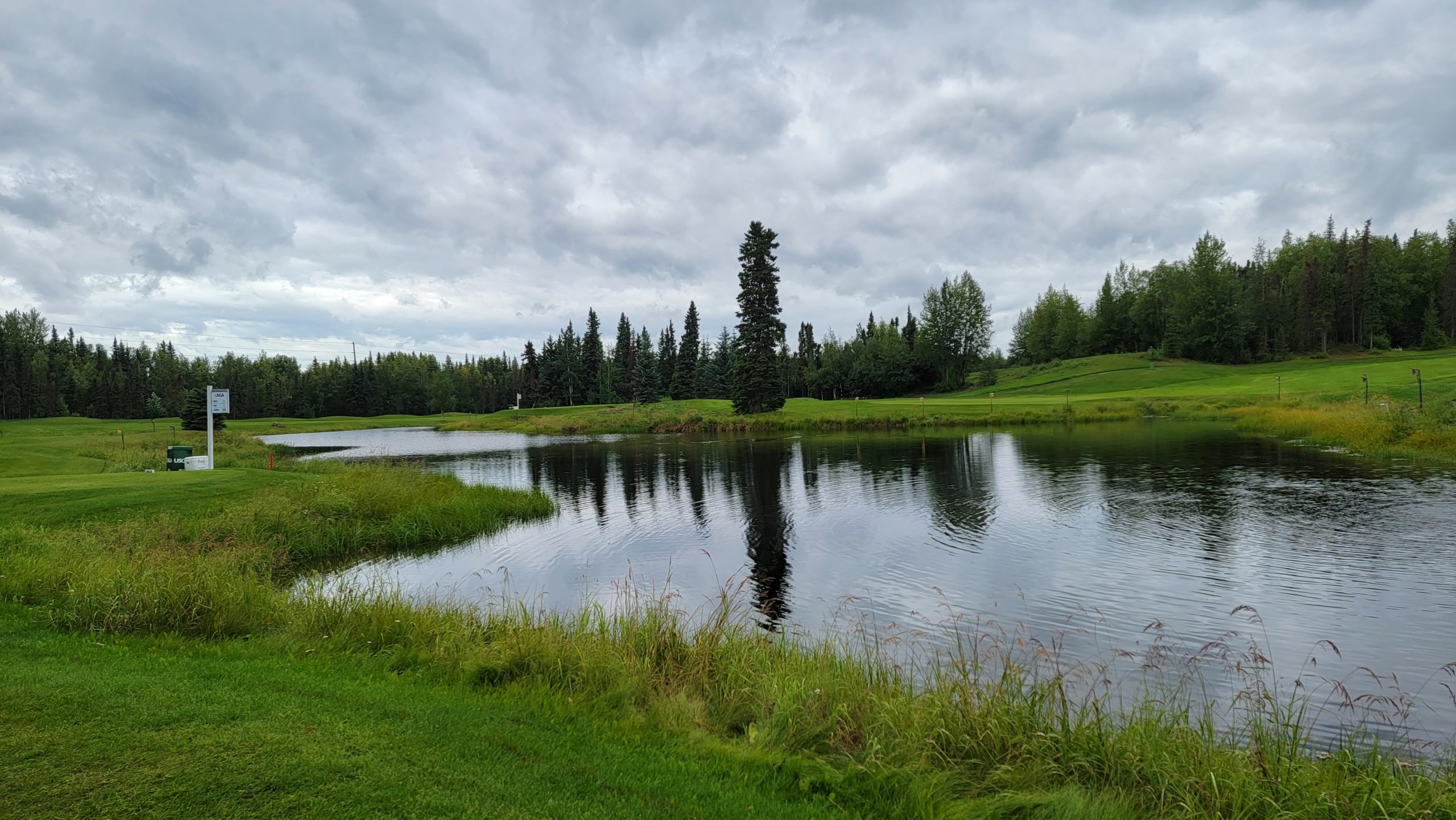
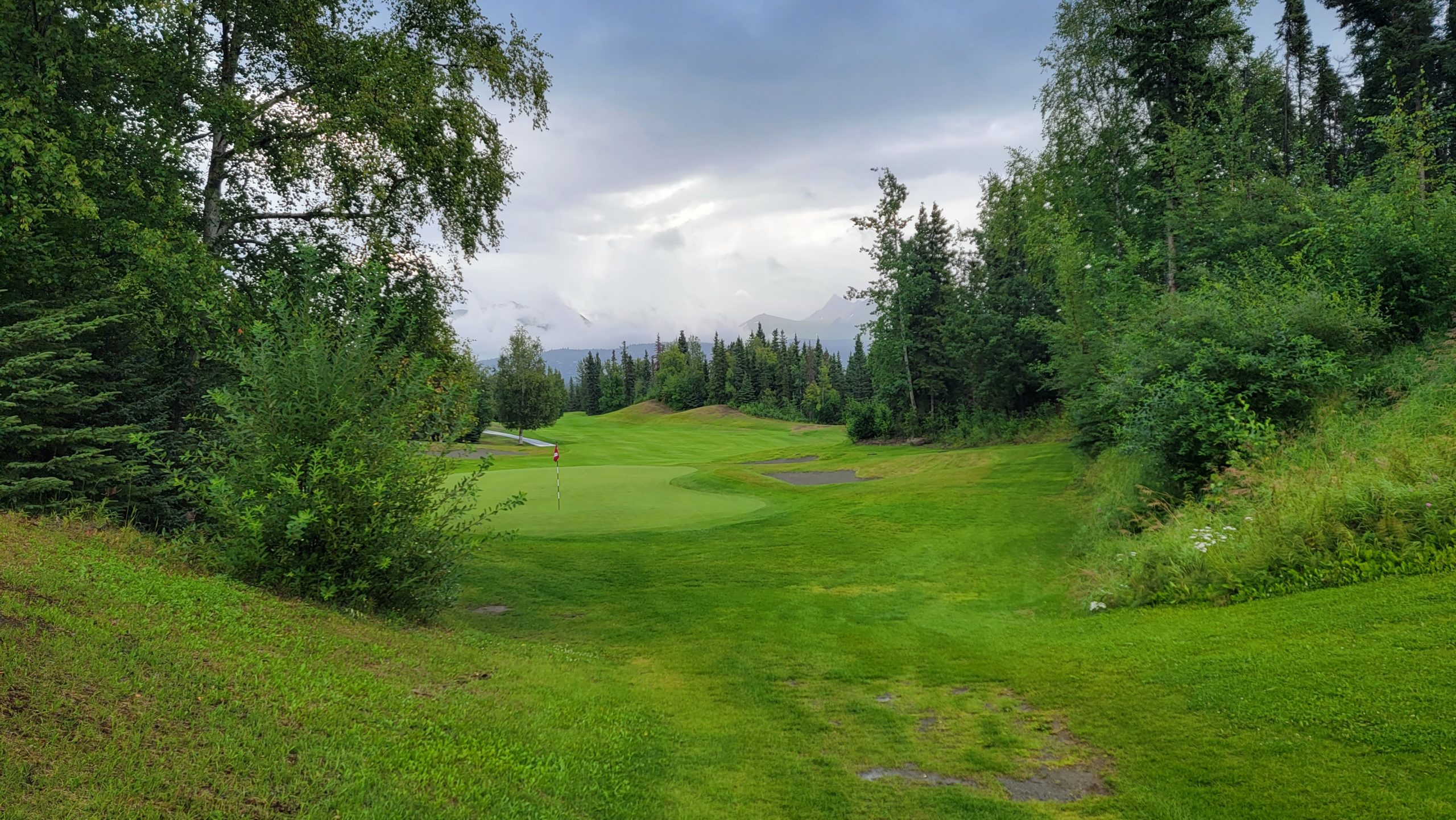
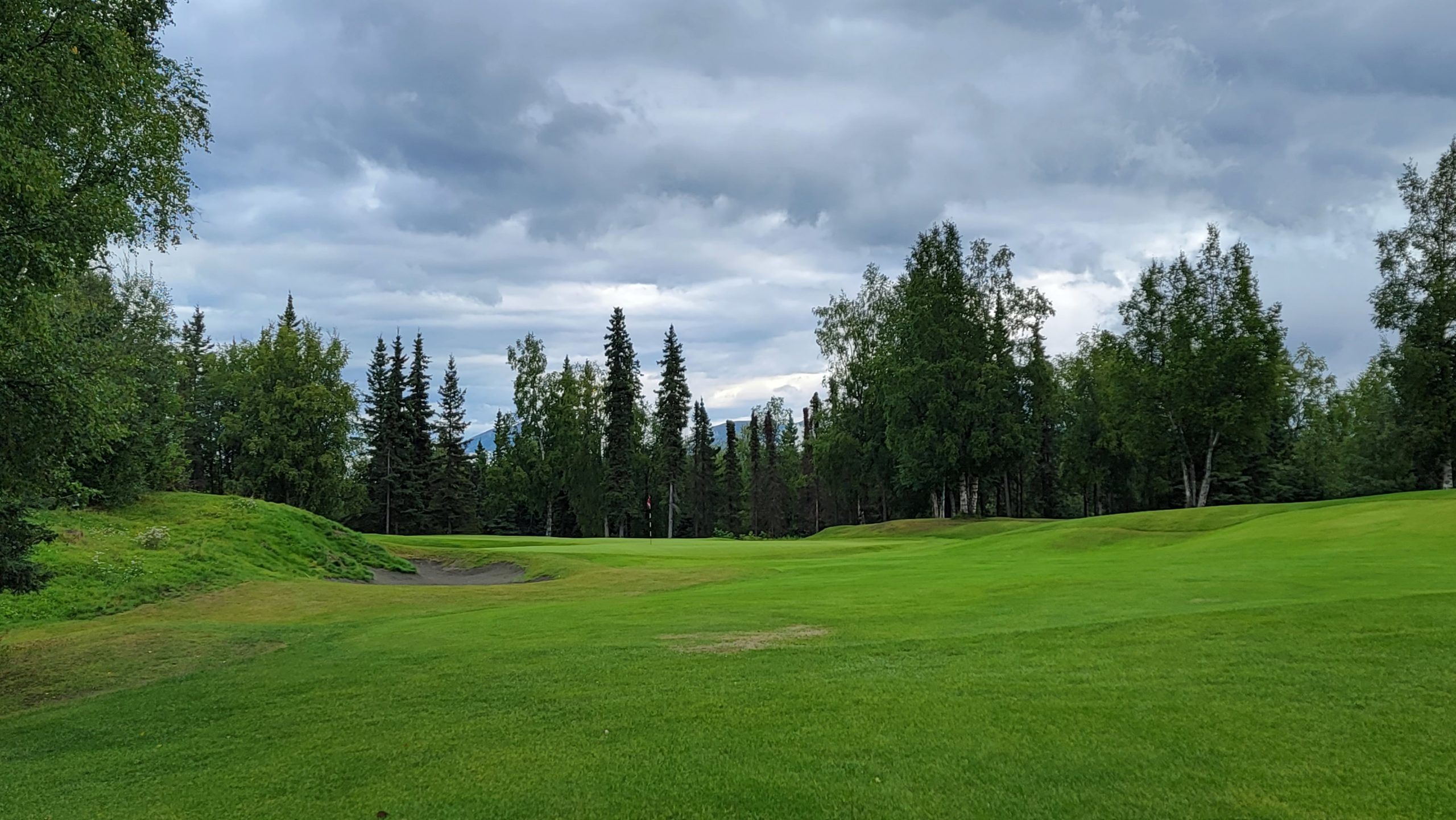
Lara Tennant had won the last three editions of the event (the 2020 event was canceled due to the COVID-19 pandemic), and she was looking for a fourth. She had beaten Sue Wooster in two of those three finals, while she beat three-time champion Ellen Port in the 2021 final. Judith Kyrinis of Canada was looking to win another for the North. All four qualified in the top 12.
My player from qualifying didn't get in. She was the second alternate and came up one withdrawal shy of competing. She did, however, make a great trip of it.
The higher seed won 24 of 32 matches in the Round of 64, setting the stage for what was appearing to be a battle among the elite. Then, Port shockingly lost in the Round of 32, along with top seed Lynne Cowan, No. 5 seed Kay Daniel and No. 6 seed Corey Weworski. A round later, Tennant went down, ending a 20-match winning streak in this event.
When Shelly Stouffer took town her fellow Canadian Kyrinis in the quarterfinals, it was assured that there would be a new champion.
In the end, it was an international affair, with Stouffer meeting up with the Aussie Wooster, who positioned herself perfectly to finally pick off this title. It didn't go that way in the 18-hole final, however. Stouffer won three of the first six holes and never looked back. She was 5 up at the turn. Wooster would only manage to win a single hole, the par-5 14th, after Stouffer had gone dormie on the 13th. With a tying par 4 on the 15th hole, Shelly Stouffer was the US Senior Women's Am champion with her 15-year-old son, Brett, on the bag.
That she got to match play at all was a remarkable feat. She started qualifying with an 81 that wasn't exactly a signal of what was to come. She bounced back with 4-under 68 the next day, lost just eight total holes in match play and rolled to the title in just 87 total match-play holes played, tied for second-fewest ever in the championship.
On the last day of our trip, we had gone north to Palmer to check out a reindeer farm. It was raining that morning, but I couldn't help but notice one of the employees handing out reindeer feed didn't seem bothered at all. She seemed quite happy, in fact. She was wearing a Boston hat, with a logo from the six biggest area pro sports teams.
After getting the instructions on how to feed the reindeer, I asked her about the hat. I wasn't sure if she was from Alaska and just happened to love Boston, or if maybe it was the other way around. She explained to me that she moved to Alaska about four years ago. She had asked her mother, who was 90 at the time, if she still had anywhere left to go on her bucket list. Her mom said Alaska. She and her siblings brought her mom out. This woman never left. I asked why, and she said that Alaska just spoke to her. It was something about being self-sufficient, figuring out things for yourself. She loved the quiet. If that's not competitive golf, I don't know what is.
Championship-caliber golf deserved to be played in Alaska, and hopefully it will be again.

